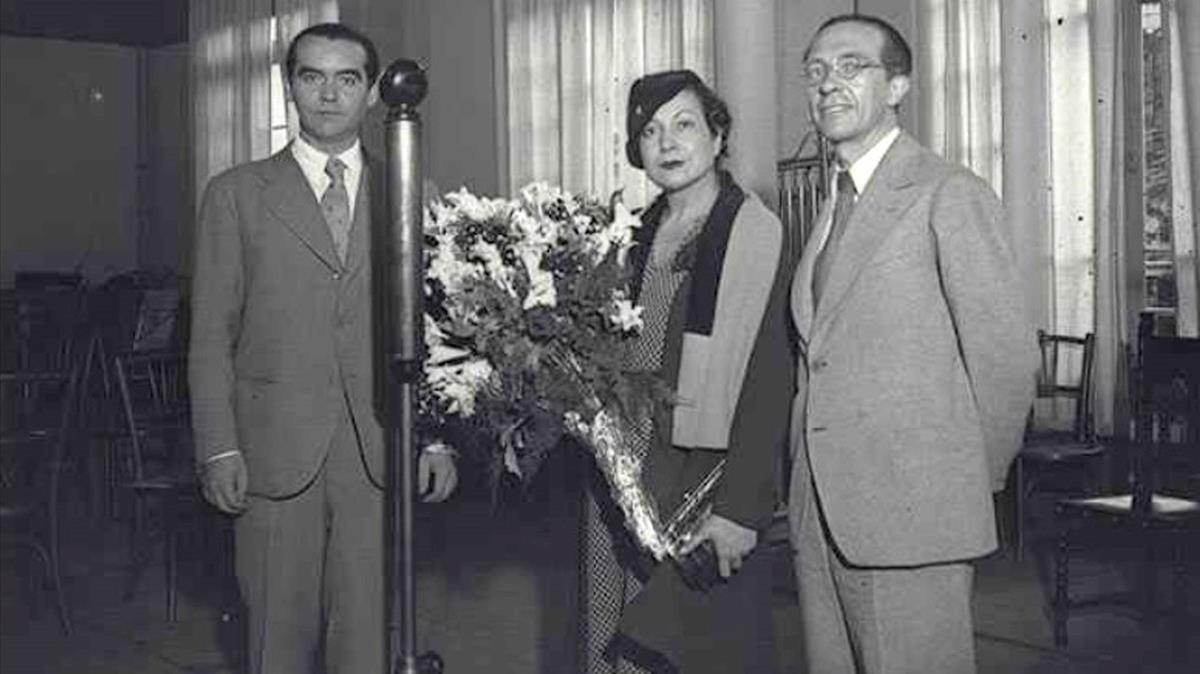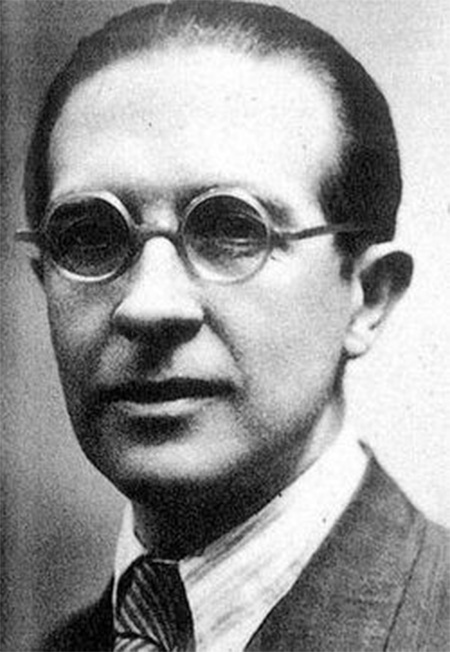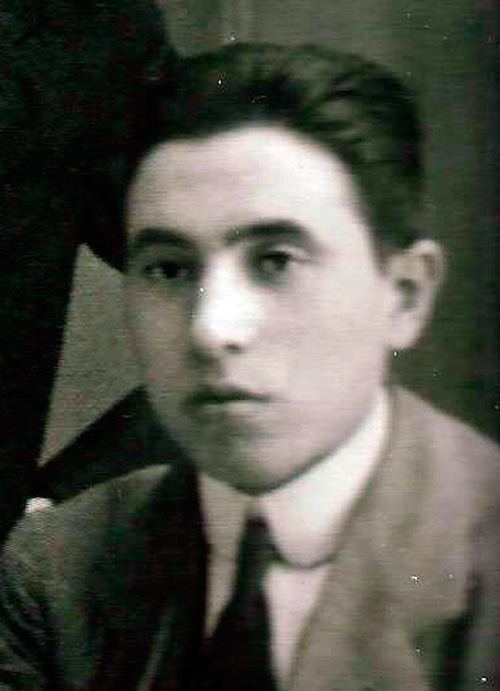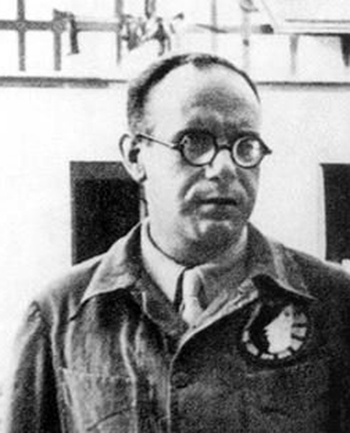Stage director and manager, poet and journalist. He is the greatest renovator of Spanish theater in the first half of the 20th century. Rivas founded a dozen companies -some of them of ephemeral existence-, runs schools as well as chamber and experimental theaters, collaborates with large companies, such as that of Margarita Xirgu, and is artistic director of some of the backbone works of the theater of Federico García Lorca.
The first theatrical collaboration with Lorca is the staging of ‘Love of Don Perlimplín with Belisa in the Garden’, but the police cancel the premiere and seize the text that was to remain in the General Directorate of Security until in 1933.
His relationship with Lorca was very fruitful. Both met in 1921, two years after Federico’s arrival at the Residencia de Estudiantes (Students’ Residence), the same year in which the magazine La pluma, founded by Rivas Cherif and Manuel Azaña, published Lorca’s first poems outside Granada. Rivas founded several companies such as El Mirlo Blanco, El Cántaro Roto or Teatro de Escuela Nueva. The first theatrical collaboration with Lorca is the staging of Love of Don Perlimplín with Belisa in the Garden, but the same night of February 6, 1929, the day scheduled for the premiere, the police banned the company, canceled the premiere and seized the text that was to remain in the General Directorate of Security until 1933. Pura Maortua de Ucelay rescues it for rehearsal by the Anfistora Club.
In 1930, Rivas and Xirgu obtain a five-year concession of the Teatro Español. Lorca was one of the beneficiaries. On December 24 of that year, the chamber version of The Shoemaker’s Prodigious Wife was staged. The reception is so favorable that the work is included in the official program. In the following years the Teatro Español is visited by La Barraca and on December 29, 1934 premieres Yerma, with Rivas being responsible for its artistic direction. The function is involved in the climate of political tension caused by the events of Asturias and Barcelona in November.
Rivas Cherif and Lorca collaborated on other projects such as The Pilgrimage of the Cuckolds, a ballet with music by Gustavo Pittaluga based on an idea of the poet inspired by the The Pilgrimage of the Cristo del Paño, which also appears in the final act of Yerma.

Rivas Cherif tried twice to stage The Public, the first in 1932 and the second in the 1933-34 season. Finally, the drama was not premiered in Madrid until 1986, 52 years later. The last frustrated collaboration dates back to 1931: a comedy about a poem based on the love between a young man and a mare. The plot, like that of Blood Wedding, was inspired by a newspaper story. In 1941, during the days he spent detained in the General Directorate of Security, Rivas wrote a rough version of the lost poem which he called Ballad of the Beautiful Beast.
Rivas was arrested by the Gestapo and transferred to the Dueso prison where he founded the Dueso Drama School, with the participation of more than thirty inmates who filled the informative courses of theatrical techniques.
The Civil War curtails the last project in which Cipriano Rivas works (the Art School Theater, founded in 1934). Rivas Cherif is Manuel Azaña’s brother-in-law and this circumstance multiplies the hatred of his detractors. After Franco’s triumph, he crossed the Pyrenees and settled with his family in the Swiss town of Haute-Savoie and then in Pyla-sur-Mer, where Azaña died. The disappearance of the President of the Republic unleashed new iniquities: Rivas is arrested by the Gestapo and transferred to the Dueso Prison where he remains between 1942 and 1946. Although at first he is reluctant to participate in recreational activities with other prisoners, he finally agrees and founds the Dueso Drama School, in which more than thirty inmates participate, who fill the informative courses of theatrical techniques, theater history, dramatic literature and join the numerous productions that follow: The Baths of Algiers, The Mayor of Zalamea, Life is a Dream, Hamlet and even zarzuelas such as La Dolorosa or a version of Master Peter’s Puppet Show.
Rivas was released in 1946 and a year later went into exile in Mexico, where he relived the experience of the Teatro de la Escuela Nueva. In 1955, he formed his last company with Margarita Xirgu. In 1961, he published Portrait of a Stranger, a drama about the life of Azaña, written in the Dueso prison. He died in Mexico in December 1967.



